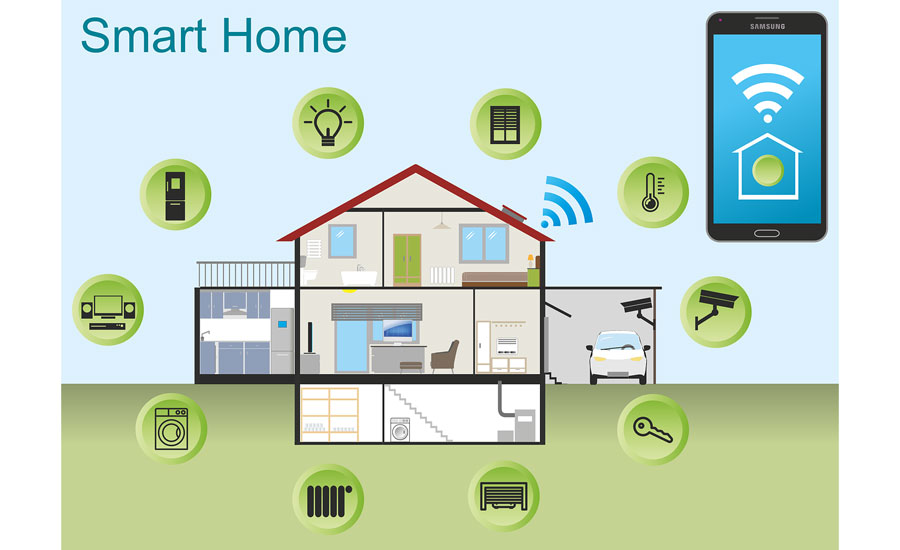Regular Errors To Avoid When Setting Up A Heat Pump
Regular Errors To Avoid When Setting Up A Heat Pump
Blog Article
Write-Up Developed By-Parrish Cassidy
When installing a heat pump, you need to avoid typical errors that might threaten its efficiency. Ignoring appropriate sizing may result in ineffectiveness and greater utility expenses. Neglecting insulation and securing can result in power waste and pressure on the system. Additionally, positioning the outside device improperly may impact its performance. By avoiding these errors, you can make sure optimum operating and toughness of your heatpump system.
Improper Sizing of Heatpump
When it involves the installation of heat pumps, one of the most common mistakes is improperly sizing the device for your room. Ensuring the right dimension is crucial for ideal performance. If the heat pump is too small, it will certainly have a hard time to warmth or cool your area effectively, resulting in boosted energy bills and possible wear and tear on the unit.
On the other hand, if the heatpump is as well big, it will certainly cycle on and off frequently, creating temperature level changes and lowering its life expectancy.
To avoid heat pump service near me , it's necessary to have a specialist assess your space and advise the proper size of the heatpump based upon variables like square footage, insulation, ceiling height, and regional environment. By investing the time and initiative to make certain the right sizing, you can enjoy a comfy setting while making best use of energy efficiency and lengthening the life-span of your heat pump.
Inadequate Insulation and Sealing
To ensure the reliable procedure of your heatpump, it's crucial to resolve poor insulation and sealing in your space. Proper insulation assists keep a regular temperature level inside your home, lowering the workload on your heat pump. Insufficient insulation can result in power loss, making your heatpump job harder and less effectively.
Securing any type of gaps or leaks in your area is equally crucial. These gaps allow conditioned air to get away and outdoor air to leak in, requiring your heat pump to make up for the temperature level variations.
Incorrect Placement of Outdoor Unit
Resolving the positioning of your heat pump's outside unit is crucial to enhancing its efficiency. Mounting the exterior unit in an inaccurate area can bring about performance issues and potential damage to the device.
https://fernandoiueoa.blogtov.com/11668425/odd-audios-and-variable-temperature-levels-are-potential-indications-of-heat-pump-malfunctions-recognizing-these-very-early-warning-signs-can-assist-you-stay-clear-of-extra-significant-troubles to prevent is positioning the outdoor system also near a wall surface or other structures. This can limit airflow, causing the unit to function more challenging to warmth or cool your area, inevitably decreasing its performance and life expectancy.
https://greenerideal.com/guides/tips-run-your-air-conditioner-efficiently/ to stay away from is positioning the exterior system in straight sunlight. While some sunshine is unavoidable, too much direct exposure can cause getting too hot, especially throughout warm summer days. It's finest to place the outdoor device in a shaded location to aid preserve its optimum operating temperature.
In addition, make certain that the outside device is positioned on a stable and level surface area. Irregular ground can trigger vibrations and unneeded pressure on the device, affecting its efficiency over time.
Final thought
To conclude, staying clear of typical blunders throughout heatpump setup is important for making the most of effectiveness and longevity of your system. By guaranteeing appropriate sizing, appropriate insulation, securing, and right positioning of the outside system, you can stop problems such as inadequacies, boosted power costs, and stress on the system. Taking learn the facts here now to resolve these key elements will eventually conserve you money and time over time.
